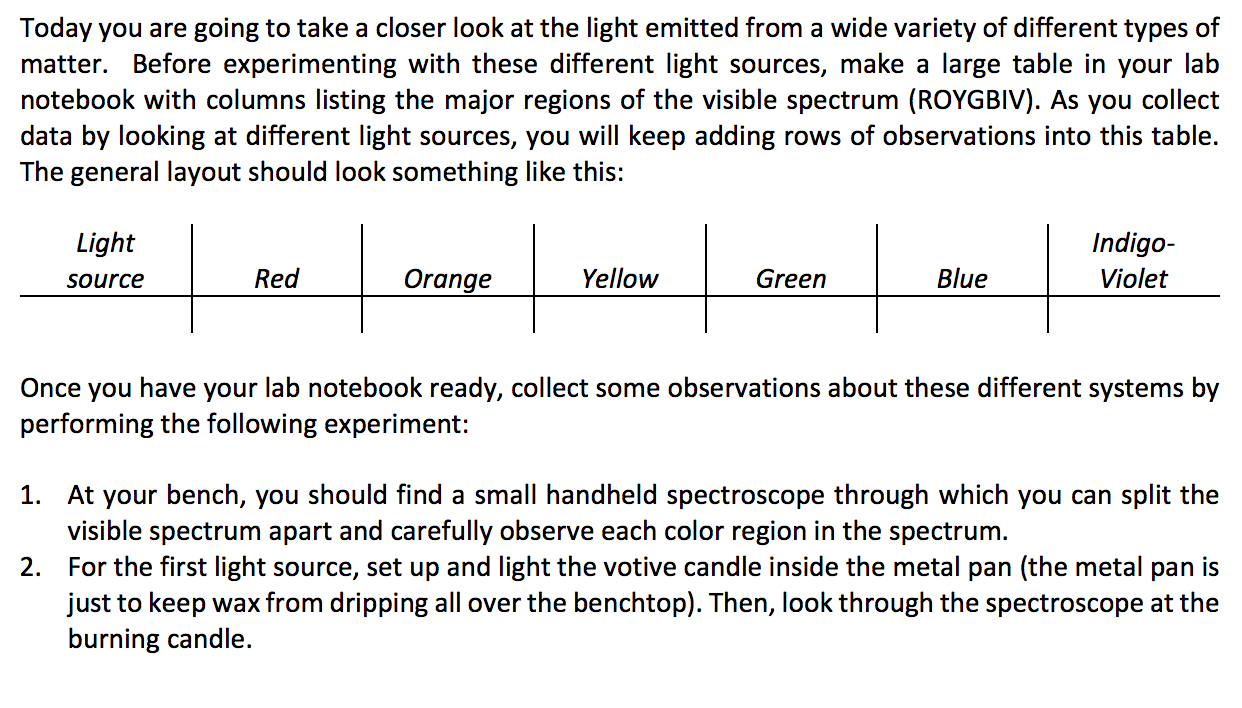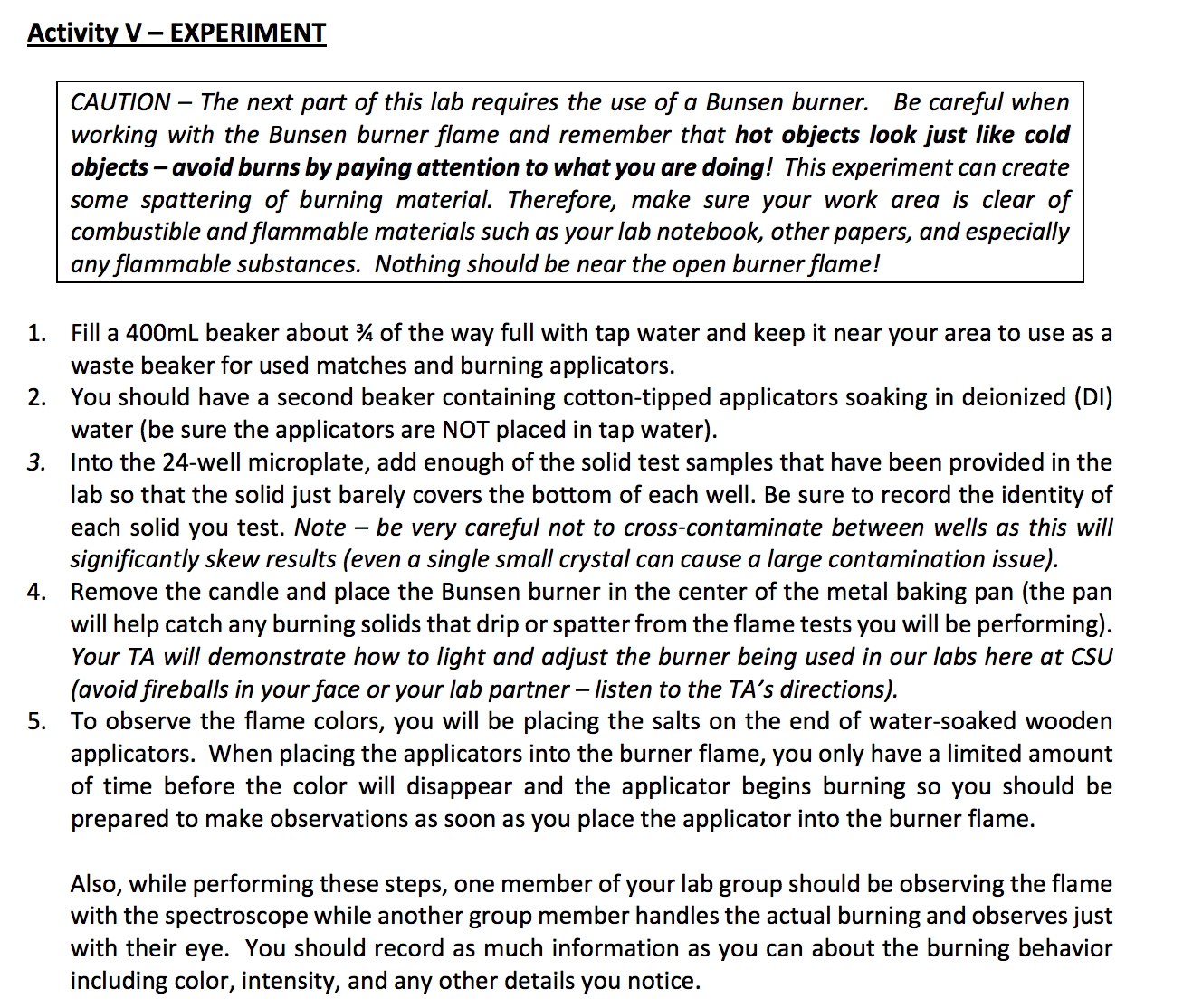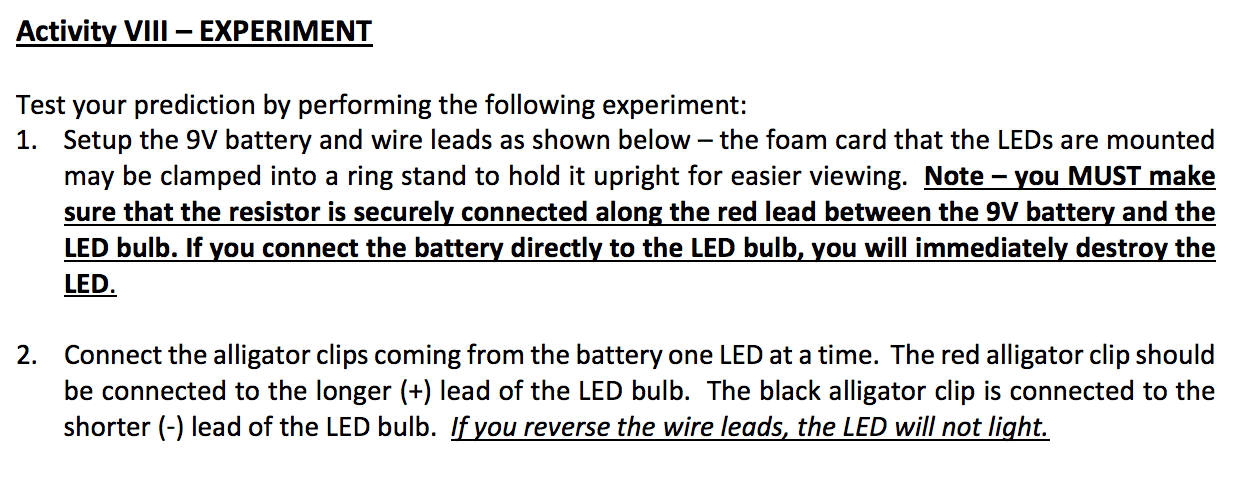What is the main purpose of this experiment?
What are some of the major assumptions of this experiment?
What are some major safety precautions for this experiment?
Qualitative Analysis of Group I Cations
Figure 1. Snack Mix
Are There any Cheese Flavored Snacks in the Mix?
You may have seen bowls of mixed snacks such as the one in Figure 1 at parties or in offices. Which one is your favorite? Some people prefer the salty pretzels, and some like the honey nuts, whereas others prefer the cheese flavored chips.
How do you tell if the bowl contains your favorite flavor snack? You will probably start by looking at the mix and see if you can spot it. If you do, then your search is done. You may however spot a similar snack but still be unsure about the flavor. You could then try to smell it to see if it smells familiar or go straight for the ultimate test: the taste test! Suppose you do not find the snack you are looking for, but you see another one that appeals to you. You will probably follow a similar pattern to identify the flavor of the snack. Similarly, qualitative analysis is used to check for the presence of ions in a mix or to identify unknown ions.
Qualitative Analysis of Ions
Qualitative analysis is used to separate and detect cations (positively charged ions) and anions (negatively charged ions) in a sample substance. The tests that are performed are not concerned with the amount of a substance in the sample as opposed to quantitative analysis, but only with a qualitative answer to the question of whether the substance is present in the sample or not.
The positively charged cations are divided into analytical groups. The groups are defined as sets of substances that can be precipitated with the addition of a single reagent. These groups are not to be confused with periodic system groups. Each cation group can be analyzed with a set of reactions to identify the presence or absence of each member of the group.
Group I Cation Separation and Identification
Qualitative analysis is made easier by the development of a standard scheme that can be followed step by step until all of the cations have either been detected or ruled out. For each group of cations, a flowchart of the scheme is prepared, and one can simply follow the steps and the decision branches in order. The flowchart for the group I cations is shown in Figure 2 below.
Figure 2. Flowchart for Separating and Identifying Group I Cations
Group I cations are silver (Ag+), lead (II) (Pb+2) and mercury (I) (Hg2+2). They can be precipitated from a solution as chlorides in a reaction with HCl. Among these three insoluble chlorides, lead chloride dissolves in hot water. Subsequently, to test whether the lead cation is present, potassium chromate (K2CrO4) is used. Lead cations react with chromate ions to form lead chromate (PbCrO4) as a yellow precipitate. Detection of the mercury (I) cation requires the addition of ammonia solution. This causes mercury (I) chloride to precipitate as the ammonium complex HgNH2Cl, and solubilizes silver chloride as an ammonium complex, [Ag(NH3)2]Cl. Last, the addition of nitric acid (HNO3) confirms the presence of silver ion as it precipitates as AgCl.
About This Lab
In this lab, you will test the identification reactions on individual samples of all three group I cations. You will then use your observations to detect the presence of the Group I cations in two unknown samples.
?
What is the main purpose of this experiment?
What are some of the major assumptions of this experiment?
What are some major safety precautions for this experiment?
Qualitative Analysis of Group I Cations
Figure 1. Snack Mix
Are There any Cheese Flavored Snacks in the Mix?
You may have seen bowls of mixed snacks such as the one in Figure 1 at parties or in offices. Which one is your favorite? Some people prefer the salty pretzels, and some like the honey nuts, whereas others prefer the cheese flavored chips.
How do you tell if the bowl contains your favorite flavor snack? You will probably start by looking at the mix and see if you can spot it. If you do, then your search is done. You may however spot a similar snack but still be unsure about the flavor. You could then try to smell it to see if it smells familiar or go straight for the ultimate test: the taste test! Suppose you do not find the snack you are looking for, but you see another one that appeals to you. You will probably follow a similar pattern to identify the flavor of the snack. Similarly, qualitative analysis is used to check for the presence of ions in a mix or to identify unknown ions.
Qualitative Analysis of Ions
Qualitative analysis is used to separate and detect cations (positively charged ions) and anions (negatively charged ions) in a sample substance. The tests that are performed are not concerned with the amount of a substance in the sample as opposed to quantitative analysis, but only with a qualitative answer to the question of whether the substance is present in the sample or not.
The positively charged cations are divided into analytical groups. The groups are defined as sets of substances that can be precipitated with the addition of a single reagent. These groups are not to be confused with periodic system groups. Each cation group can be analyzed with a set of reactions to identify the presence or absence of each member of the group.
Group I Cation Separation and Identification
Qualitative analysis is made easier by the development of a standard scheme that can be followed step by step until all of the cations have either been detected or ruled out. For each group of cations, a flowchart of the scheme is prepared, and one can simply follow the steps and the decision branches in order. The flowchart for the group I cations is shown in Figure 2 below.
Figure 2. Flowchart for Separating and Identifying Group I Cations
Group I cations are silver (Ag+), lead (II) (Pb+2) and mercury (I) (Hg2+2). They can be precipitated from a solution as chlorides in a reaction with HCl. Among these three insoluble chlorides, lead chloride dissolves in hot water. Subsequently, to test whether the lead cation is present, potassium chromate (K2CrO4) is used. Lead cations react with chromate ions to form lead chromate (PbCrO4) as a yellow precipitate. Detection of the mercury (I) cation requires the addition of ammonia solution. This causes mercury (I) chloride to precipitate as the ammonium complex HgNH2Cl, and solubilizes silver chloride as an ammonium complex, [Ag(NH3)2]Cl. Last, the addition of nitric acid (HNO3) confirms the presence of silver ion as it precipitates as AgCl.
About This Lab
In this lab, you will test the identification reactions on individual samples of all three group I cations. You will then use your observations to detect the presence of the Group I cations in two unknown samples.
?







